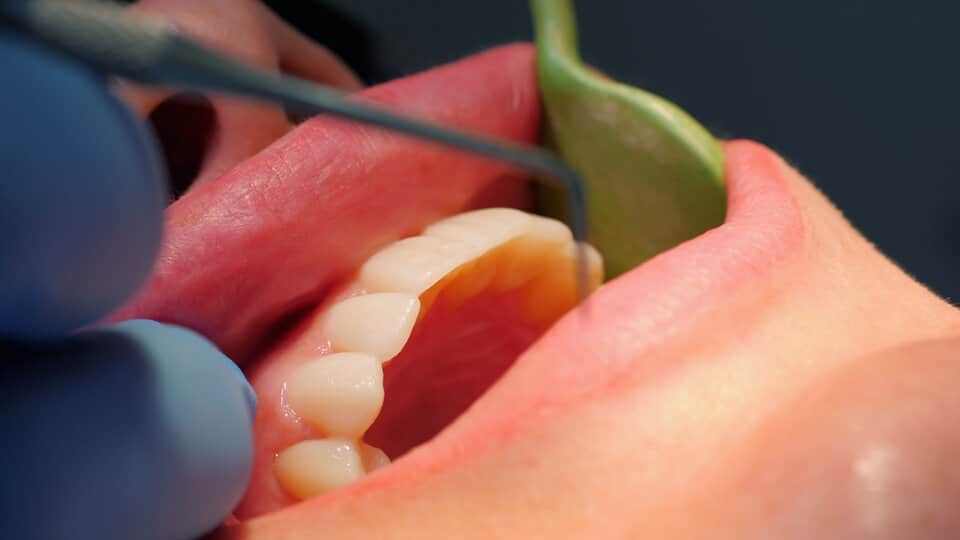Smile Makeover Cambridge
We're Open 7 Days A Week
SMILE MAKEOVER CAMBRIDGE
A smile makeover may involve a combination of cosmetic dental treatments that can help improve a person’s smile, bite, and general appearance of the teeth.
Your dentist might recommend things like crowns, dental implants, bridges, dentures, teeth whitening treatment, veneers, or orthodontics.
It could also include alternatives to correct a bite problem like Invisalign which is the latest in dental technology or the more traditional option of braces.
SMILE MAKEOVER CAMBRIDGE
A smile makeover may involve a combination of cosmetic dental treatments that can help improve a person’s smile, bite, and general appearance of the teeth.
Your dentist might recommend things like crowns, dental implants, bridges, dentures, teeth whitening treatment, veneers, or orthodontics.
It could also include alternatives to correct a bite problem like Invisalign which is the latest in dental technology or the more traditional option of braces.
WHO IS ELIGIBLE FOR A SMILE MAKEOVER?
If you feel your smile could do with an upgrade or a helping hand, you should consider asking about a smile makeover.
For some people, a smile makeover can really work wonders. If you have one or more of these problems, you’re a great candidate for this dental treatment.
✧TEETH THAT ARE OUT OF PROPORTION
✧GAPS BETWEEN TEETH
✧CROOKED TEETH
✧DAMAGED TEETH
✧MISSING TEETH
✧DISCOLORED TEETH
✧BROKEN TEETH
✧A CROOKED OR UNEVEN SMILE
✧AN UNDERBITE OR OVERBITE
✧TEETH THAT DON’T MEET
If you have teeth concerns that aren’t listed here, check with one of our dentists about what your options are.
Chances are, there is a way to fix that problem too, so go ahead and ask!
What can I expect?


FAQs
Before we start treatments, your dentist will first walk you through a consultation and evaluation process. This establishes the condition of your oral health and allows the dental practitioner to recommend the best package of treatments.
- Preparing the teeth. Most smile makeovers include porcelain veneers. Placing the veneers on top of your teeth without altering them would make the veneers stand out from the neighboring teeth. To avoid this issue, the enamel of the the teeth are shaved down to accommodate the veneers. This process is known as enameloplasty.
- Taking impressions. Once the teeth have been prepared, impressions are then created using either traditional mold techniques or digital scans. These impressions are then sent to the master ceramist, who will craft and tint your permanent veneers.
- Placing the temporaries. It can take a few days for your permanent veneers to be completed. In the meantime, temporary veneers will be placed and you will wear these until your follow-up appointment. Temporary veneers are usually crafted from a composite resin that uses your impressions as a guide. Your temporaries should give you a decent idea of how your permanent veneers will look.
- The follow-up appointment. On your follow-up appointment, your permanent veneers will be placed and you can finally look into the mirror and admire your smile.
- Scheduling checkups. Like all dental restorations, you should periodically have your porcelain veneers examined to ensure their longevity. Your dentist will most likely schedule your restoration checkups so they coincide with your regular checkup cycle.
Since each set of procedures will vary from patient to patient, so too will the overall cost of your smile makeover. If you are looking to improve your smile through a complete makeover, The Hub Dental Practice can help you get an idea of the total cost through a consultation (£65). Book an Appointment today to get started.
The average is “three” visits with your dentist. Some smiles can be corrected in just one visit while others may require up to three visits with the dentist.
The number of visits required to achieve your smile will depend on the type of procedures chosen and the state of your oral health.
A majority of cosmetic treatments cause very little pain or discomfort.
During some procedures, a local anaesthetic will be applied to minimize any discomfort and to ensure you are comfortable throughout the process.
If you have dental anxieties, we can also recommend a form of conscious sedation.